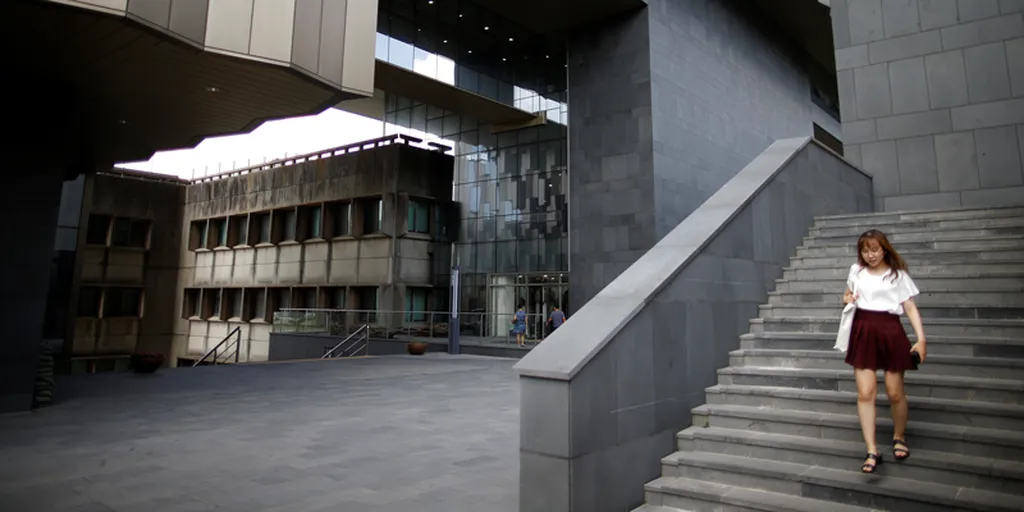In the ever-evolving world of construction materials, a groundbreaking study led by Junsong Wang from Wuhan Technical University in China is set to revolutionize the way we understand and utilize self-compacting concrete (SCC). Published in the *Electronic Journal of Structural Engineering* (translated to English as *Journal of Structural Engineering*), this research delves into the rheological properties of SCC, offering promising insights that could significantly impact the energy sector and beyond.
Self-compacting concrete, known for its ability to flow and compact under its own weight, has been a game-changer in the construction industry. However, predicting its properties, especially in its toughened stage, has been a challenge. Wang’s research aims to bridge this gap by employing an optimized Random Forests (RF) approach, a machine learning method that uses multiple decision trees to improve predictive accuracy and control over-fitting.
The study optimizes the RF method’s determinative variables using two advanced algorithms: artificial hummingbird optimization (AHA) and grey wolf optimization (GWO). These algorithms are inspired by the natural behaviors of hummingbirds and grey wolves, respectively, and are used to fine-tune the RF model for better performance.
The research considers several key attributes of SCC, including the L-box test, V-funnel test, slump flow, and compressive strength (CS) in the toughened stage. The results are promising, with the AHA-RF model outperforming the GWO-RF model and existing literature. “The AHA-developed RF scheme serves better than others, demonstrating the AHA tactic’s capacity to choose the best variables for the under-consideration technique,” Wang explains.
So, what does this mean for the construction industry and the energy sector? The ability to accurately predict the properties of SCC can lead to more efficient and cost-effective construction processes. This is particularly relevant in the energy sector, where large-scale construction projects, such as power plants and wind farms, require vast amounts of concrete. By optimizing the use of SCC, these projects can reduce costs, improve structural integrity, and enhance sustainability.
Moreover, the study’s findings could pave the way for further advancements in the field of construction materials. As Wang notes, “The outcomes show strong promise in both training and testing, as well as approximation. It denotes good precision in the training and approximation processes since the relationship among the measured and anticipated SCC qualities from hybrid schemes is satisfactory.”
In conclusion, Wang’s research is a significant step forward in the understanding and application of self-compacting concrete. By leveraging the power of machine learning and advanced optimization algorithms, this study offers valuable insights that could shape the future of construction and the energy sector. As the industry continues to evolve, such innovative approaches will be crucial in meeting the demands of large-scale construction projects and promoting sustainable development.

